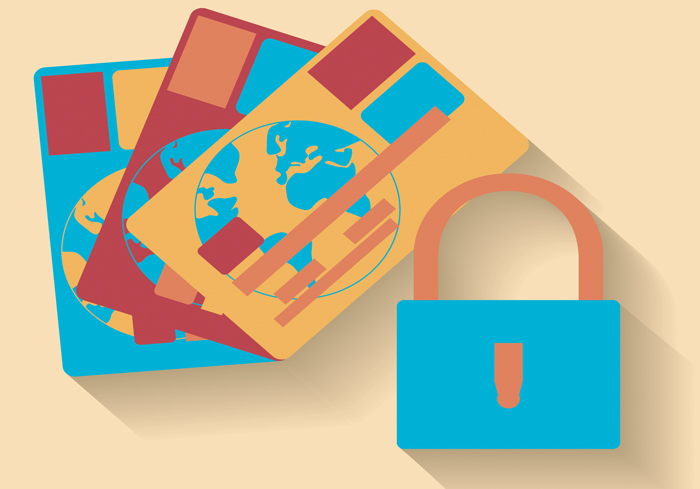
The notion of the check — that rectangular piece of paper that has been around for centuries — may seem outdated in this day and age of technological innovation. In fact, says a June 2014 white paper from Corporate Spending Innovations (CSI), a corporate payment services company, half of all businesses continue to write paper checks.
And that can prove a costly exercise, as Bank of America has estimated that the cost to U.S. businesses alone can range from between $4 to $20 per check, and that adds up to a staggering $54 billion in “economic burden” — defined in terms of wasted manpower, processing and other activities.
Media stories have offered individual case studies that show the benefits of virtual card adoption over traditional corporate check-writing and credit card use. In just one recent example, Business Travel News reported late last month that Sutherland Global Services, a business process and technology management outfit, had found significant operational improvements upon virtual card adoption, especially in the area of corporate travel.
The company, which counts 2,600 frequent travelers among its roster and who spends millions of dollars annually on hotels and rental cars, needed to cut down on fraud and improve reconciliation processes.
The head of Sutherland’s corporate travel division, Joseph Monaghan, told Business Travel News that under its use of traditional credit cards, “you have a card number with a million different stays, and reconciliation becomes a nightmare. On a monthly basis, we would spend a week reconciling the file.” After adopting Sabre Virtual Payments, the executive said, fraud and noncompliance has dropped significantly.
However, CSI’s study noted that a few significant barriers to entry exist for wholesale adoption of electronic payments. Though the technology itself has been around for several years, and even large merchants have been getting into the virtual card game recently — such as Visa and MasterCard, which have rolled out corporate cards for travel and other purposes, and quite recently U.S. Bank — many CFOs and other financial professionals balk at change. And in some industries like health care, where there have been fears of added costs, the cards have been seen by some as a nonstarter.
The top of mind concern for finance executives, CSI said, is security. In an age where data breaches can compromise the financial lives of millions of customers and range across industries from health care to retail, it’s not hard to fathom why some executives might face “payment inertia” when it comes to changing the way they manage transactions.
But, as CSI notes in its white paper, the dangers of a security breach are effectively eliminated with the single use virtual card, as once a single transaction is completed, the card number is invalidated. Under the current virtual card model, issuers provide companies with a specific set of 16-digit cards that may be used online, or by phone, to ensure payments are applied to specific transactions and credited to specific payees — with no physical, plastic card presented. With the absence of a card, and the one-time, traceable nature of the transaction, there are added layers of security in place that make sure the electronic payments are protected against data theft or fraud.
And for back office functions, reconciliation becomes easier as there is only one number to track, and this can benefit internal control processes.
CSI’s findings uncover another barrier that might stand in the way of electronic payment adoption: Suppliers themselves have to be persuaded to accept electronic payments — and overall, the acceptance rate is fairly dismal, at about 10–15 percent. That may discourage business leaders from making the leap to electronic payment systems. Yet CSI’s findings show that once virtual card systems are adopted, vendors quickly drop hesitation to accepting payments through the technology, with some case studies noting double digit acceptance rates not long after going live.